New Irrigation Technology#
New technology is available to help make sprinkler systems more water-efficient.#
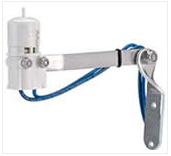
Rain Sensors
A rain sensor automatically turns off the sprinkler controller during or after rainfall. You set the amount of rain to trigger the system to shut down. There's a wafer that collects the rain; when it dries out the controller turns back on. The sensor is mounted on an eave or side of the house, on a pole or on a fence in a location where water will fall on it but sprinkler water will not hit it. Both wired and wireless models are available. They can be retrofitted to almost any existing sprinkler system.
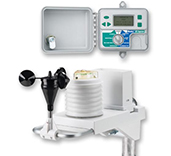
Weather-Based Controllers
These controllers continuously monitor actual site data and automatically adjust the watering schedule each day. By factoring in soil type, slope and sun exposure different areas receive, the landscape is only watered when it needs it. To determine how much to water, some controllers use historical weather data, others have their own weather station installed, or subscription services are available that bring weather data to the controller via radio, Internet or phone connection.
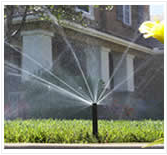
Multi-Jet Rotating Nozzles
These nozzles turn a fixed spray head into a rotating head that can water better and use 20 percent less water. These nozzles apply water more slowly and uniformly, allowing the water to soak into the ground instead of running off. In addition, the water jetting from these nozzles is more resistant to wind, less likely to mist and significantly reduces runoff onto streets and sidewalk.
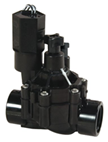
Master Valve
A master valve is an electric valve installed at the base of the backflow device to limit leaks within the system. The master valve only pressurizes the water line when the sprinkler controller is on.
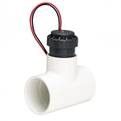
Flow Sensor
A flow sensor identifies gallons used by individual zones within the sprinkler system. Parameters can be set to signal high or low use, identifying a leak or problem within the sprinkler system.
Did You Know?
Fort Collins Utilities monitors water quality in our water sources, treated drinking water and treated water returned to the environment.
Using power strips to turn off selected appliances when not in use helps reduce energy use.
There is no poop fairy. Pick up after your pet to help prevent stormwater pollution.